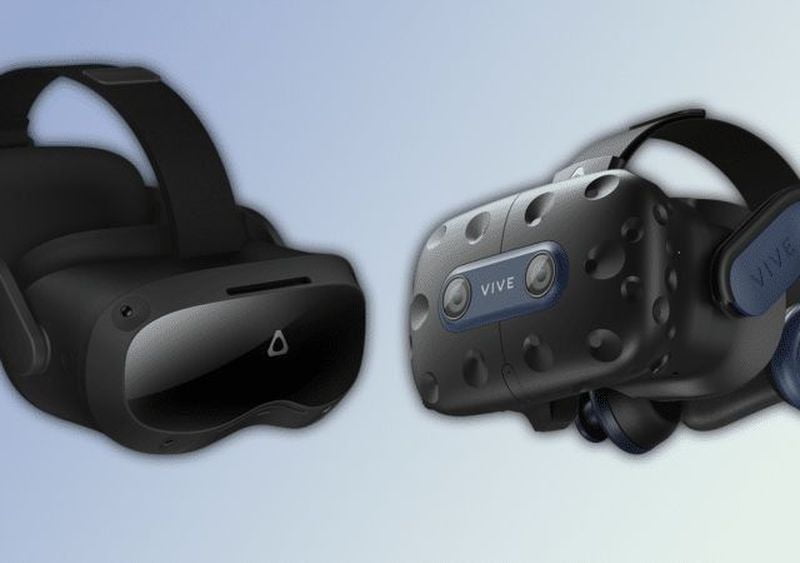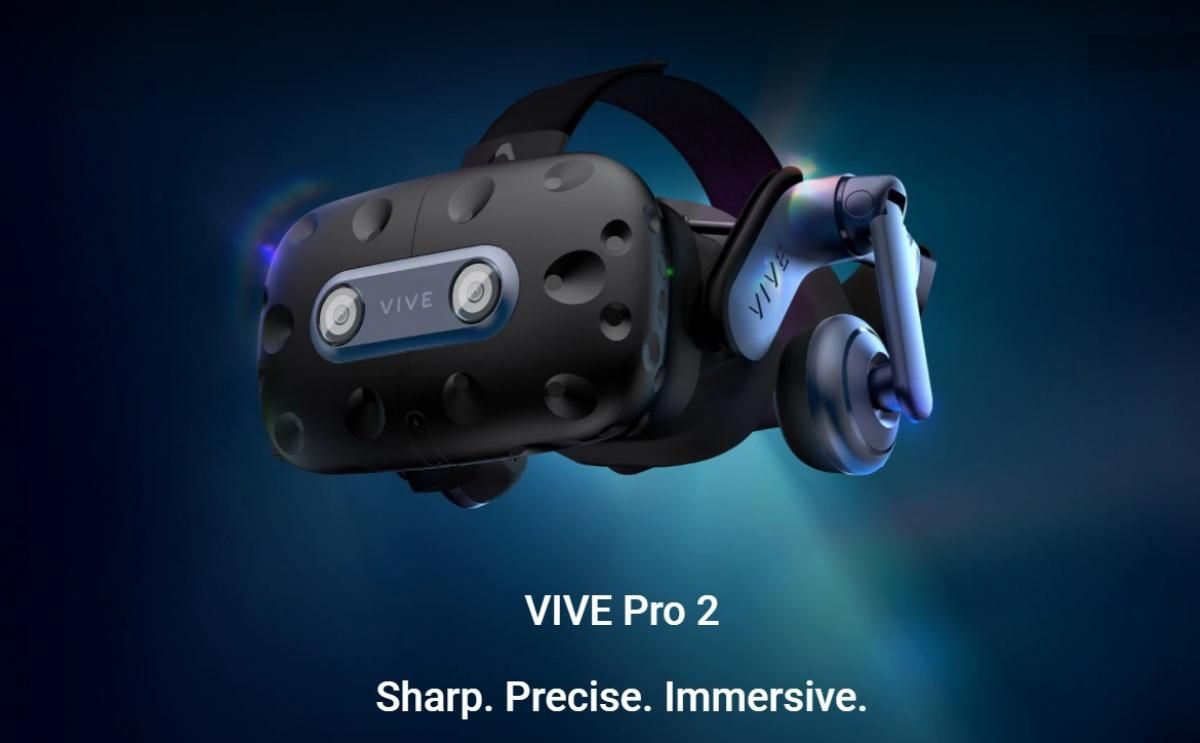HTC bets on premium virtual reality but turns its back on a market that demands affordable VR viewers to increase the number of users.
HTC unveiled this afternoon the new virtual reality glasses HTC Vive Pro 2, and Vive Focus 3. Two high-end products that improve the hardware of their predecessors, although they do not revolutionize anything.
Many VR gaming fans were hoping that HTC would offer an answer to the Oculus Quest 2 by introducing a standalone headset (with its processor) but with a direct connection to a PC via a Display Port cable. The Quest 2 can be connected to the PC but only using streaming with compressed video, via USB cable or WiFi, and that frustrates many PC gamers.
Everything points to the fact that HTC wants to focus on the enterprise market, because it has introduced its Vive Focus 3 standalone glasses for businesses, and has simply upgraded the current HTC Vive Pro with the Focus 3 viewer, to get the new Vive Pro 2.
A priori, the HTC Vive Pro 2 has impressive specs and may become the best virtual reality glasses for PCs.
They have a 5K display (2448 x 2448 pixels for each eye) at 120 Hz, with a spectacular 120-degree FOV (field of view).
It uses a new type of stacked lens that increases the sweet spot (the area where you don’t see blur), but forces the use of a new lossless image compression system offered by Display Port, called DSC, which is only available on RTX cards and up. It also works with older cards but at lower resolution.

Otherwise, they retain the premium features of their predecessors: hardware IPD, 3D sound headphones, ergonomic settings, etc. And unfortunately, also their old-fashioned controllers that have no stick. Although they can be used with Valve Index haptic controllers or any other.
In these 5 years of VR glasses over $1,000 have remained a niche product, and so it is going to be with Vive Pro 2, which seems to give up competing with Quest 2, and throws in the towel in the gaming market.
HTC Vive Focus 3
Considering that half of the presentation was dedicated to showing investors and companies the professional applications of virtual reality, it seems that this is where the Taiwanese company wants to grow.
Vive Focus 3 are standalone glasses, i.e. they do not need to be connected to a PC. The screen is the same as Vive Pro 2, with 5K resolution (2448 x 2448 pixels for each eye) and a spectacular FOV (field of view) of 120 degrees. Of course, the refresh rate drops from 120 to 90 Hz, so as not to bring the mobile processor to its knees.
The Vive Focus 3 is powered by a Qualcomm Snapdragon XR2 processor, the same as the Quest 2.
It also has 4 cameras inside-out, i.e. in the glasses themselves, so it does not need sensors on the walls. With pads with magnetic clamping, the removable curved battery that holds two hours and recharges to 50% in 30 minutes with fast charging, hardware IPD, WiFi 6, Bluetooth 5.2, and two USB Type C connectors.





